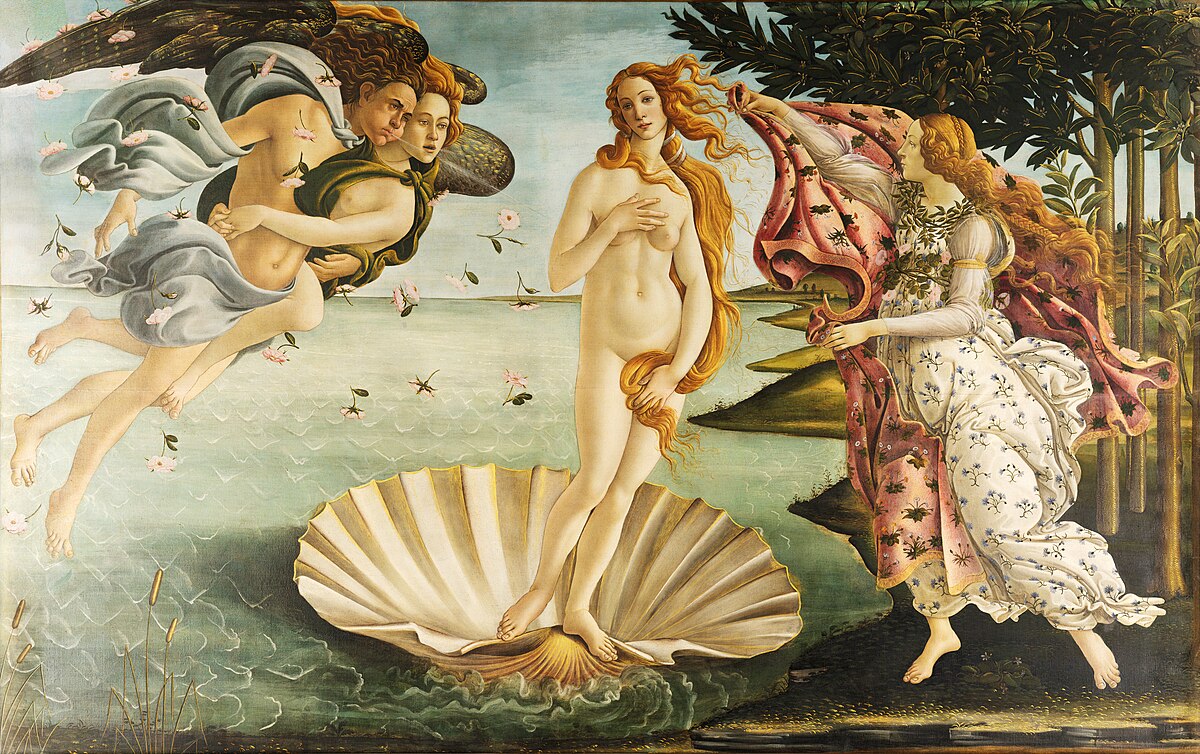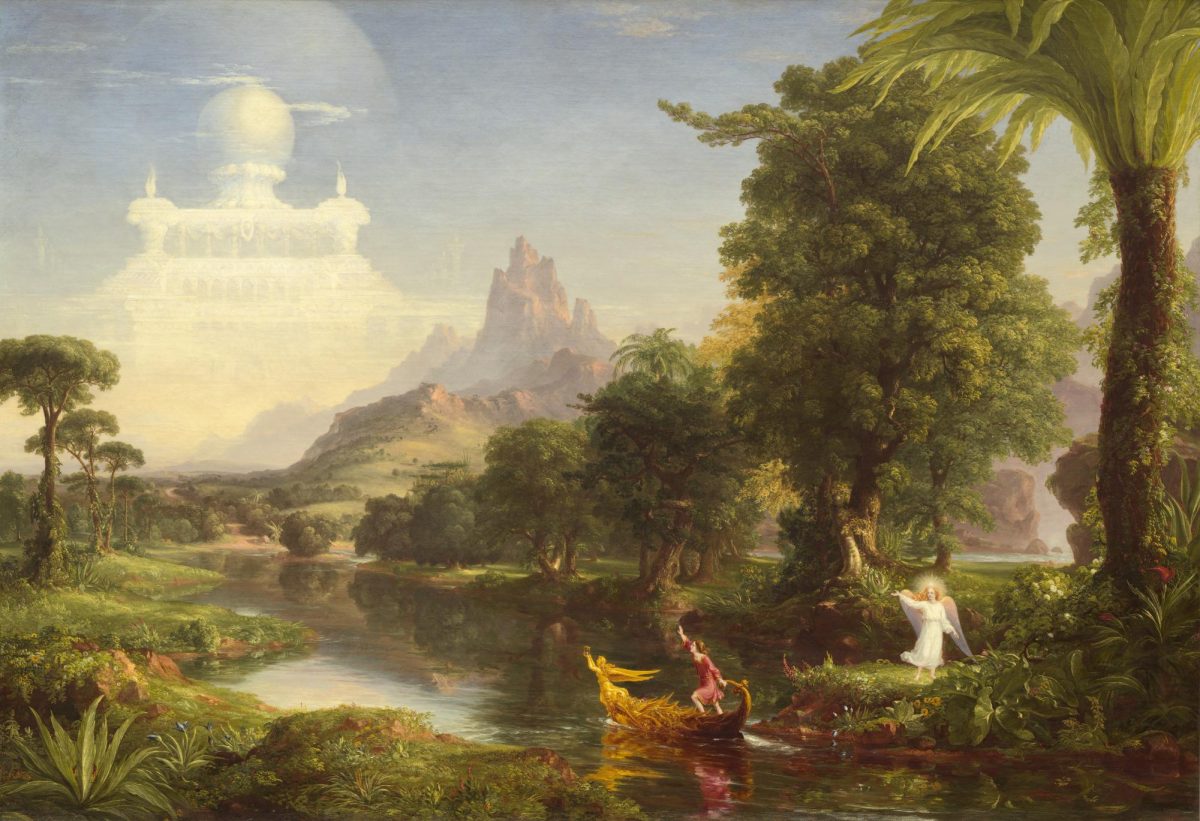As Black History Month is among us, it’s important to acknowledge biases in everyday life. Movies, books, and art are all different forms of media that attempt to portray this. It’s been a long journey for the Black experience to be truly represented.
Olympia’s Black population only makes up about 2.8% of the student body, while the white population makes up 77% according to the census data. Nia Odhiambo, a student of color at OHS and Vice President for the Class of 2024, had difficulty finding a community at first but has since found belonging.
“Everyone looks at the media, and if the media exaggerates a person of color, then people will start believing that,” Odhiambo explains. Since most people are totally consumed by the media, it’s not surprising that it has exaggerated stereotypes over the decades.
The Hate U Give is a book by Angie Thomas that has been a complete hit since its book release in 2017. Thomas says that this book was inspired by the Black Lives Matter movement. Thomas talks more in an interview with Walker Books about how she was inspired in 2010 after the Oscar Grant case.
The Oscar Grant Case refers to a shooting that occurred in 2009. Oscar Grant was detained with several people when a call was made to report a disruption of peace. Grant was not part of the activity but was still detained. The officer, Johannes Mehserle, shot him in the back. It was said he meant to grab his taser but accidentally reached for his service pistol. “The impact of Oscar’s death ripped through the country, and it inspired both peaceful and violent protests” (TheOscarGrantFoundation).
Odhiambo talks about The Hate U Give and how it addresses some stereotypes. “That scene where she’s talking to that one girl and telling her what people think about her… Stereotypes like KFC and talking loud just aren’t true.”
Sirie Chhen, a student of color at Olympia High School, explains that media is a great tool for spreading awareness about different types of races and diversity. It can often build on stereotypes and be harmful instead. “I think everyone has a [handful] of stereotypical [biases] in their head that they might not even know until someone points them out,” Chhen elaborates.
Chhen further states that “[the media] is one of the main influences, especially in more isolated [places]. The only way they will see people of different races is through the media. You’ll assume things about them and that’s why we need to practice learning [about] other cultures.”
Stereotypes are often used for comedic bits. These jokes are meant to make the audience laugh, but often, they insult the targeted community. “TV shows play into stereotypes more to move the plot along and get laughs from the audience,” Chhen says.
“[Books are a] great source of learning about different cultures. However, they can become lumpy when written by a different demographic,” Chhen elaborates. When a white author presumes the role of writing a character of color, they often misrepresent what experiences occur and the emotions tied to those experiences. It tends to get whitewashed as the story progresses.
Pennsylvanian artist, Brian Hearns, shares his experience as a Black artist and teacher. “The best form of media to convey the experiences of black people is books. It will always be books. The book is a tool, that intimate tool, that allows you to truly soak up the essence of the story,” As for the effectiveness of different types of media, Hearns elaborated that “Documentaries are effective too. Whenever you can translate a personal story and connect with it, you become part of the story…part of the journey.”
Art is an underappreciated mode of culture that is worth a thousand words, and a litany of artists scrawl tapestries of thought. These paintings share so many experiences that people cannot fathom.
“When I create a piece,” Hearns explains, “this may not be the case for others, [but] I want to discuss the triumphs of winning and the ‘how we got to this place of overcoming the odds.’” Everyone has a story to tell through art, and everyone has a story to share within them.
The steps of progression to independence from media feed into the fundamentals of sourcing. “News media and outlets are not reliable,” Hearns informs. “The conversation can be swayed in these formats. Find people who speak the truth and read what they read, watch what they view.“
Hearns says “The biggest thing that has to be done to understand Black people and Black culture is to unlearn what you think is justified about a people and a race. What I mean by unlearning is allowing oneself to truly question the foundation of the bias in our own biases.”







Brian Hearns – Apr 6, 2024 at 3:26 pm
Well written, exploritive and intuitive. Thank you for the opportunity to speak.